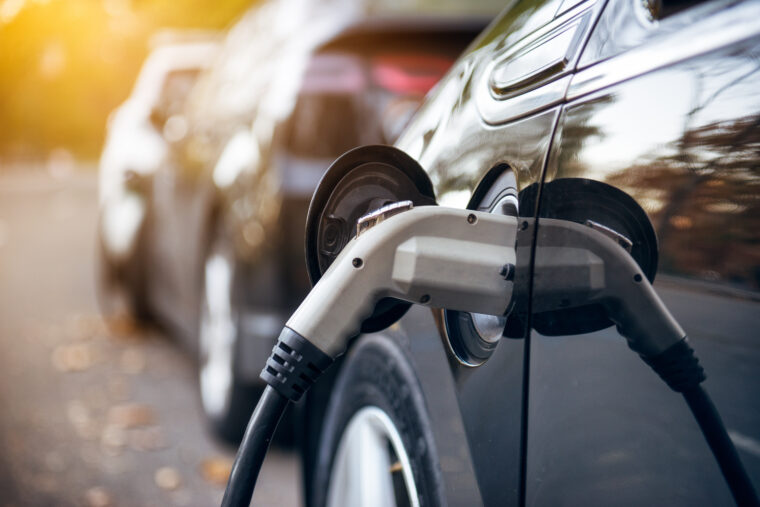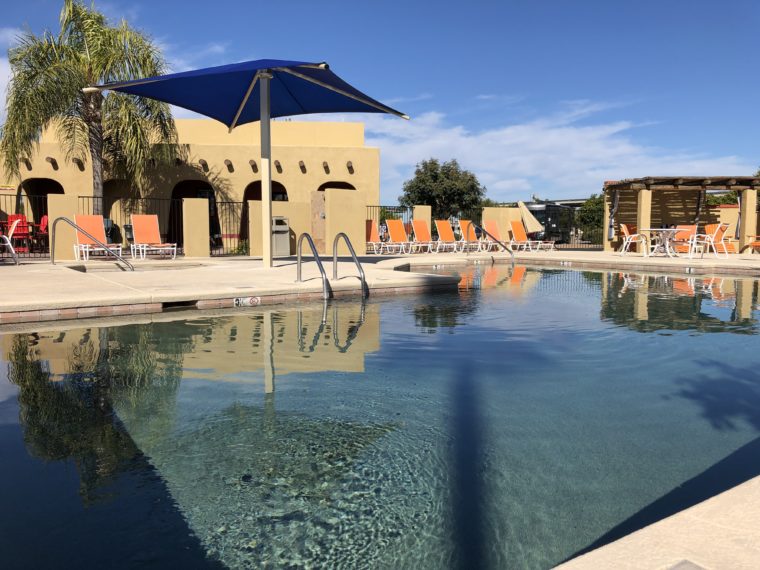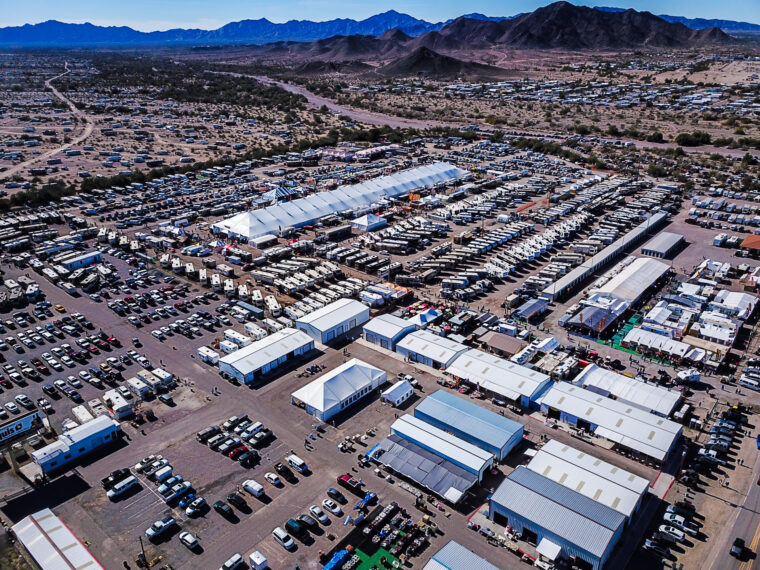I summited Brush Heap Mountain on the Eagle Rock Loop Trail in Southwest Arkansas around lunchtime. Atop, there was a pretty rad campsite with a million-dollar view. Being that the Eagle Rock Loop is one of the most popular backpacking trails in Arkansas, I figured it had been occupied the night before. I held my hand over the burned ashes in the fire ring—Yup, still warm. I took a stick and stirred the ashes, and puffs of smoke began to billow out of it—not responsible campfire maintenance.
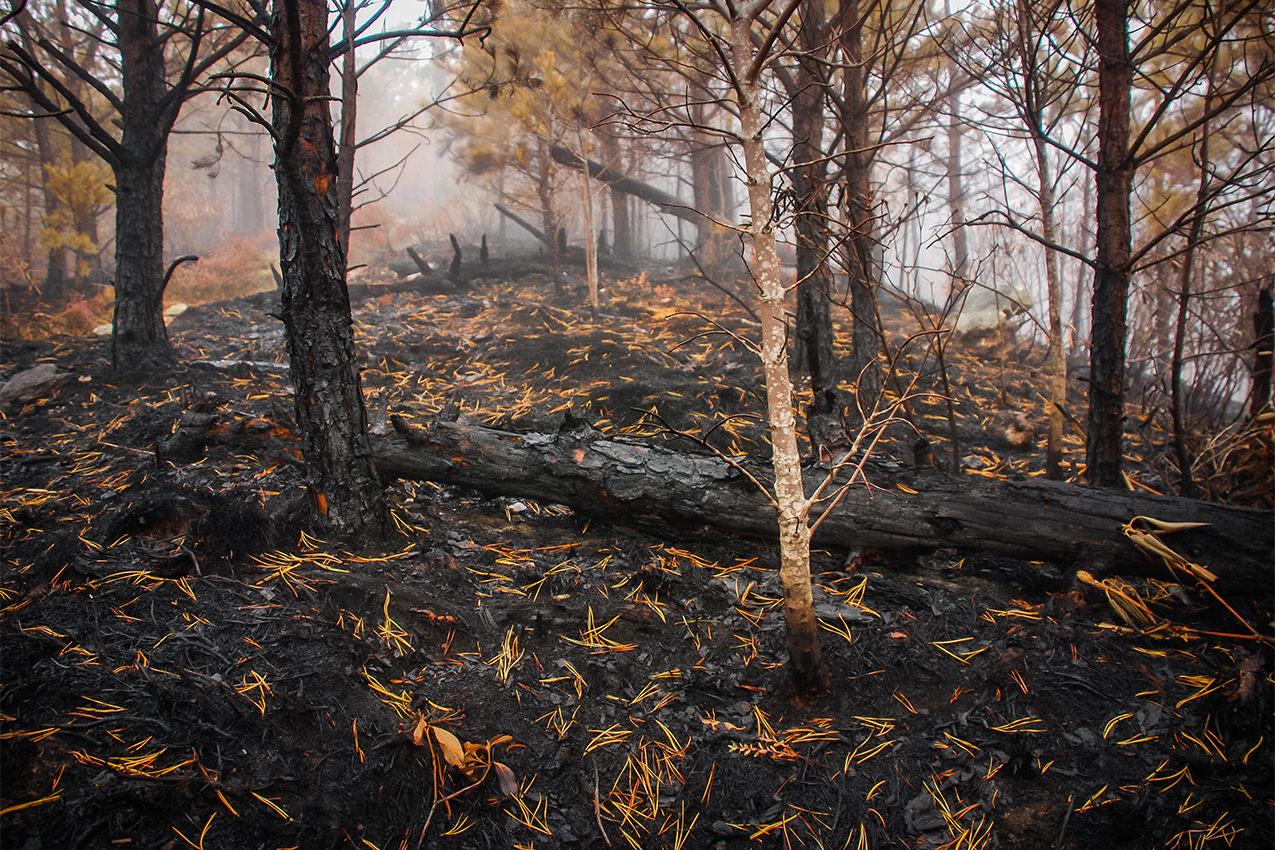
Photo by: Live Small Ride Free
Leave No Trace Principle #5 states to minimize campfire impacts. Being that it was October, the driest month in Arkansas, this campfire could have had a major impact. A simple breeze could have blown ashes with embers and started a wildfire. I assumed the backpackers thought the fire was out and safe to leave. But all they would have had to do was pour water on it to drown the ashes. Then they would have known it was out and safe to leave.
However, drowning campfires is only part of responsible campfire maintenance. With more and more people adventuring and camping on parks and public lands, it’s even more important to minimize campfire impacts.
According to the Leave No Trace Center for Outdoor Ethics, nearly 85 percent of wildfires in the United States are human-caused. That means that nearly 85 percent of wildfires are avoidable. When I took my Leave No Trace Trainer course, I learned several ways to have a responsible campfire.
Plan Ahead and Prepare
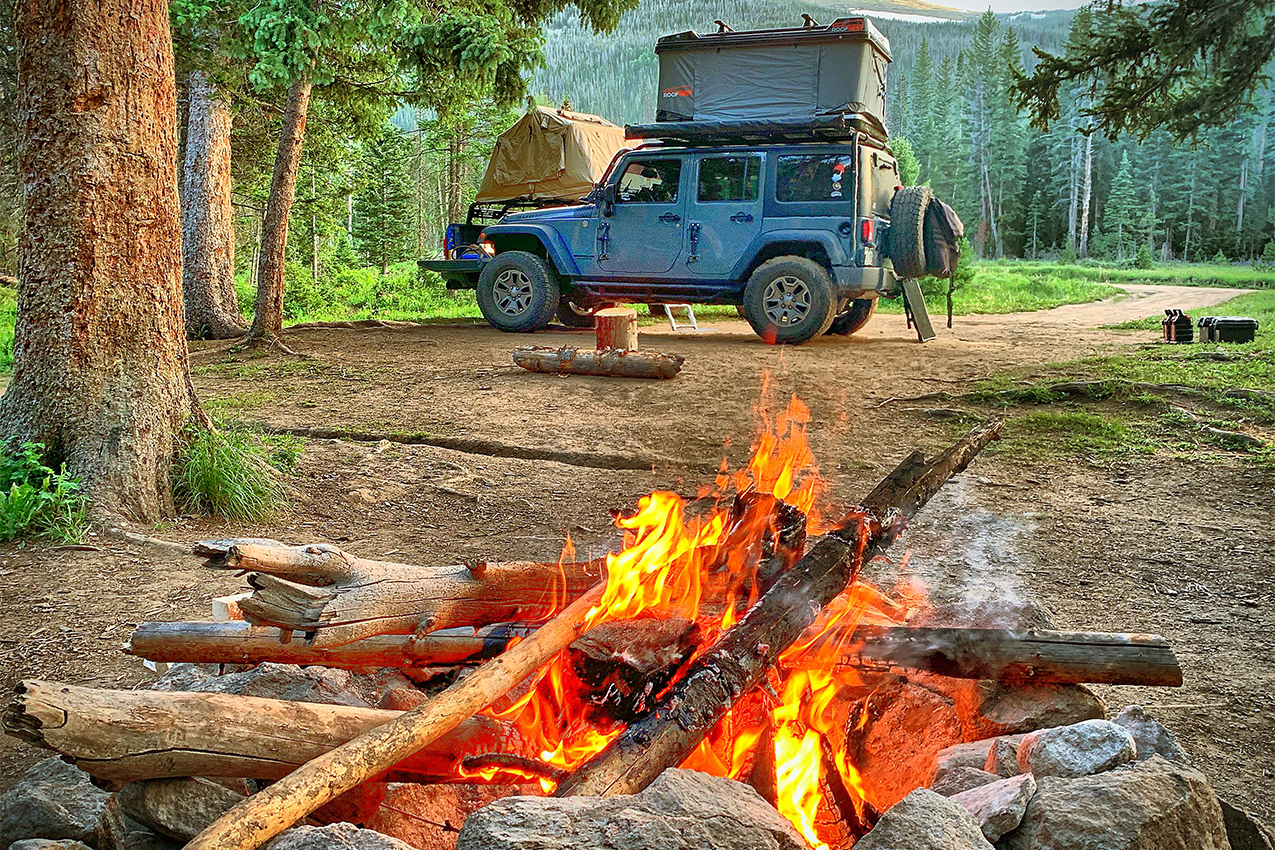
Skyline Campground | Bellvue, CO – Photo by: Tarrell
Make Sure Campfires Are Allowed
The first principle of Leave No Trace tells us to plan ahead and prepare. When researching your destination, make sure campfires are allowed if you intend to have one. Some places like arid desert climates or places above treeline may limit fires to cooking stoves. Sometimes this is because there is not enough firewood to gather, and sometimes it’s because the area is susceptible to wildfires. Each destination is different, and that is why it is important to check before you go.
Check for Burn Bans
Your city or county has probably placed your area on a burn band in the past. Did you know this also includes campfires? Usually, if you stay at an established campground, the camp host or park ranger will let you know campfires are not allowed.
But if you are boondocking or staying at an established campground that is not patrolled often or without a host, a simple Google search should let you know if campfires are permissible. Fire stations and road signs are other good places to keep your eye out for burn ban signage.
Building Your Fire
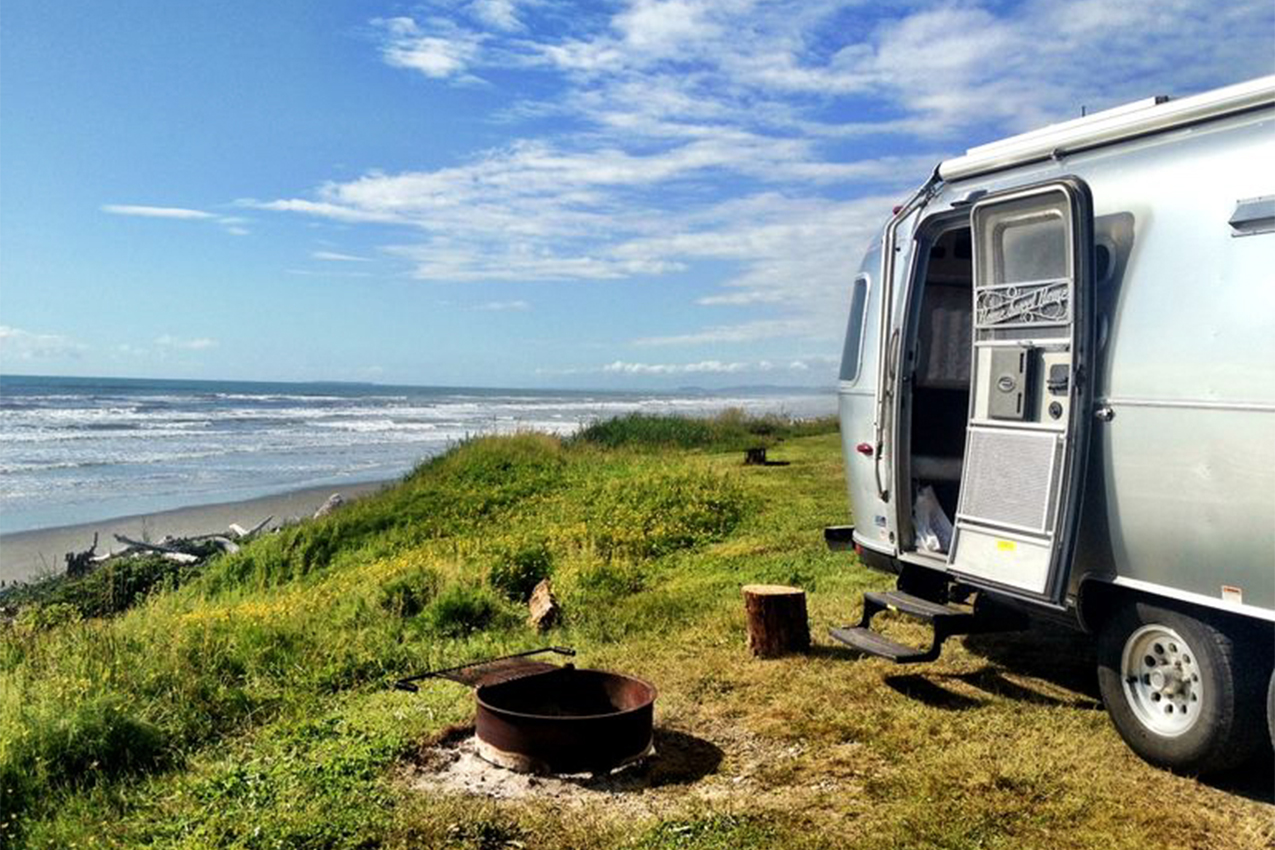
South Beach Campground | Forks, WA – Photo by: Laura Domela
Campfire Types
The best types of campfires are small, manageable, and far away from leaf litter and other wildfire fuels. An established fire ring is an ideal place for a responsible campfire. If you stay in a campground that allows fires, a fire ring should be part of the campsite. If you are boondocking, look for a ring made from stones.
When no fire pit is available, an elevated fire pan is the best way to enjoy the crackle of a campfire without affecting ground vegetation. Have a portable charcoal grill with legs? Those are great for building small campfires, too.
Having a fire on sand beaches or gravel bars where vegetation doesn’t grow is also a good option. When you are finished with your fire, scatter the charcoal, so it does not leave a mark for others.
If you don’t have a fire pan and are nowhere near a beach or gravel bar, consider building a mound fire. Place a fireproof ground cloth or fire blanket on the ground, then shovel soil on top until the mound is about two feet in diameter and eight inches thick. Build your campfire on top of the mound. When finished, scattered the cold charcoal and return the soil.
If there is no established fire ring and the other options are not feasible, you can build a fire pit. Choose a location without vegetation. Be sure to build a container for your fire with stones. Scatter the charcoal and return the stones when finished.
Buy Where You Burn
Buying your firewood where you burn it part of building a responsible campfire. Transporting firewood can severely negatively impact an area by bringing in invasive species, like the pine beetle. Sometimes even transporting firewood across county lines can cause a negative impact.
Collect Firewood Responsibly
If you don’t want to buy firewood but would rather collect it, and you are in an area that allows firewood gathering, there are responsible ways to do that as well. When I took my Leave No Trace Trainer course, we talked about using the 5 Ds method: Down, Dead, Dry, Dinky, and Distant.
You want to choose firewood that that is already fallen. And honestly, if you have to chop down a tree, it’s not going to burn well anyway. You also want to make sure the wood is Dead and Dry. Again, it will not burn so well if it is green. Dinky refers to the size of the wood. Firewood that is smaller, or “dinky,” is not home to birds or smaller mammals. It is also less likely to continue burning after you are ready to go to bed or leave the campsite. And Distant helps prevent an area from becoming depleted of firewood. In addition to saving some for others, it helps keep the area from becoming too impacted.
Burn Only Wood
We’ve all come upon an established fire ring and been grossed out by the trash that’s in it. Burning trash or non-organic materials can produce noxious gasses into the air and soil. Also, burning food or other organic waste can attract animals.
Make Sure the Fire is Out When Unattended
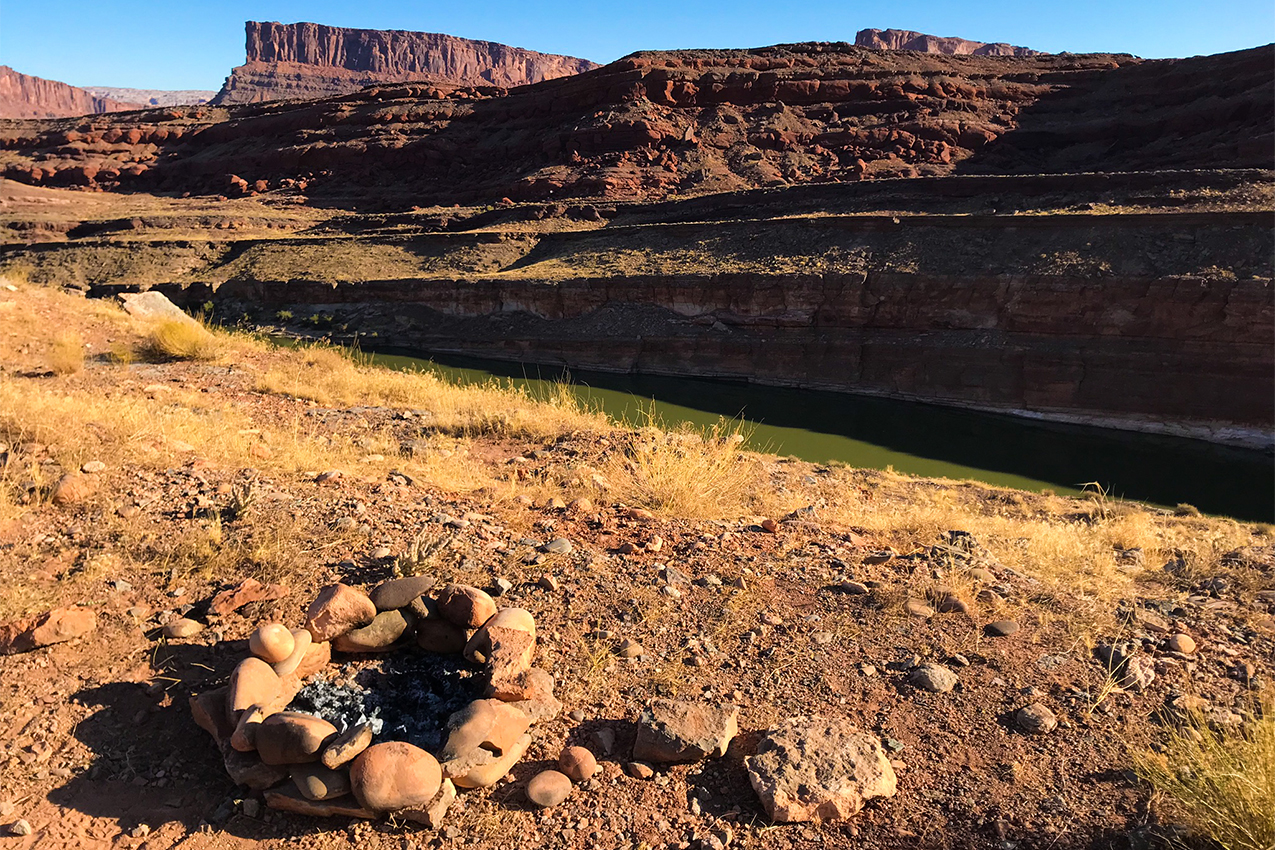
Potash Road | Moab, UT – Photo by: RambleAroundTheWorld
Like I stated above, I bet those backpackers on the Eagle Rock Loop Trail looked at their fire ring, which did appear to be out from a visual inspection, and thought it was safe to leave. They failed to realize the top layer of light wispy ashes covered smoldering ashes.
With more and more people recreating outdoors, it’s really important to practice responsible campfire maintenance, whether you’re backpacking, boondocking, or staying in a campground. Parts of the United States are predicting a more severe fire season this summer. But remember, the greater majority of wildfires are preventable.

